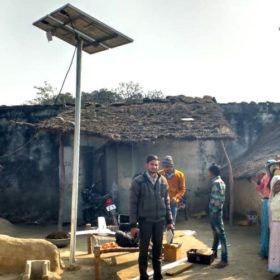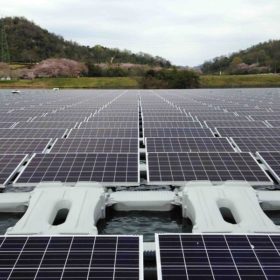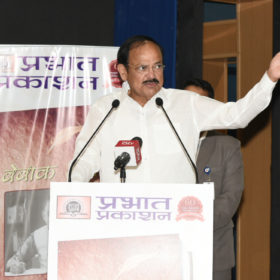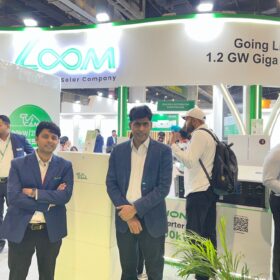EFL raises $10 million to expand green lending portfolio
Pune-based Electronica Finance Limited (EFL) has raised $10 million from a climate fund managed by Swiss impact investor responsAbility to diversify its SME lending offering and to expand into financing solar PV for the commercial and industrial markets.
Shuttl will add 300 e-buses by 2020, BRPL fleet to go all-electric by 2030
Mobility company Shuttl will also set up more than 50 EV charging points in prime locations and state-run power distributor BSES Rajdhani Power Limited will invest in testing facilities to support stabilizing the grid for EV charging, as well as pilot schemes on effectively integrating renewable electricity into its network.
Alternative charging options drive down battery costs for ebuses
All-electric buses will cost the same as diesel options by 2030 – and possibly earlier – according to research into the global EV market which highlighted the potential for India to follow China’s lead in the sector.
Off-grid villages in Uttar Pradesh go 100% solar
Lack of road access meant PV panels had to be brought in by boat to be installed on the roof of every home under the government’s Saubhagya rural electrification scheme.
Singapore’s AM Holdings setting up 24 MW floating solar plant at Indian petrochemical arm
The floating solar power plant—to be developed by AM International’ Greenam Energy—will be located in Tuticorin plant of Southern Petrochemical Industries Corporation (SPIC). The power generated will be used to meet SPIC’s electricity requirements and the excess will be sold to the state power utilities.
Oriano Solar commissions 18.75 MWp for Aditya Birla Renewables in Chhattisgarh
Currently, the Mumbai-based solar EPC firm is executing 134.5 MWp of solar projects to be commissioned by September 2019. It expects to surpass cumulative installation of 350 MWp by the end of this financial year.
Petronas jumps into PV market with Amplus acquisition
The Malaysian oil and gas group has purchased solar developer Amplus Energy Solutions from infrastructure investor I Squared Capital. No financial terms of the deal have been disclosed.
Asian countries must promote clean technology – vice president Naidu
Asia is home to more than 60% of the world’s population, about half of whom live in cities and towns. With climate change being largely driven by urban centers, Vice President Naidu called upon governments across the continent to build climate resilient communities.
pv magazine speaks to Puneet Singh Jaggi, co-founder and director of Prescinto Technologies
Founded in 2016, Prescinto Technologies is an industrial internet of things solution provider to the solar sector. After two years, Prescinto has found a footing in 13 countries across 4 GW of solar plant capacity. Backed by Gensol Group’s engineering experience across 20 GWs of renewable projects, Prescinto is able to transform that knowledge into code and empowers plants ‘onboarded’ on its platform.
NTPC arm tenders 500 KW grid-connected rooftop solar
Kanti Bijlee Utpadan Nigam Limited (KBUNL), a wholly owned subsidiary of NTPC Limited, has invited bids for setting up of 500 KW of rooftop solar PV capacity on various buildings of its plant for Muzaffarpur Thermal Power Project in Bihar. The project will be awarded based on domestic competitive bidding. The deadline for bid submission is May 8.














